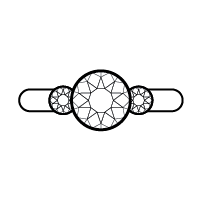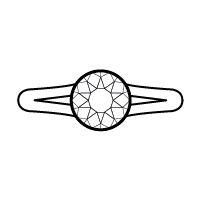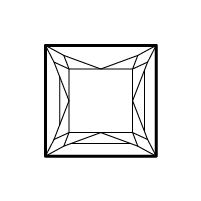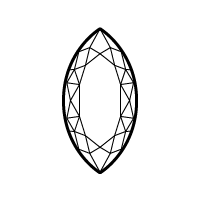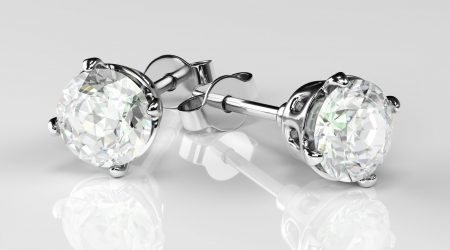A diamond’s value may be determined by several characteristics, such as cut, clarity and color. Still, aside from these features, diamonds hold high value alone due to their scarcity and rarity. Rare to find on the Earth’s surface, diamond mines are extraordinary locations where these gemstones are extracted from the Earth, brought above the surface through geological processes and mined to create the sparkling jewelry we covet and cherish.
A mystery to many, our blog shares some little-known facts about diamond mines and the origins of your diamond jewelry.
1. Mined Around the World
Diamond mines are found in various locations worldwide, with Africa being a significant source of diamonds. Countries like Botswana, South Africa, and Namibia are large producers, but diamonds are also mined in regions such as Canada, Russia, Australia, and the United States.
The world’s top three biggest mines (largest diamond production in 2022):
Russia – 31.2 million carats of diamonds
Botswana – 16.9 million carats of diamonds
Canada – 13.1 million carats of diamonds

2. Although Diamonds Are Forever, Diamond Mines Are Not
Diamond mines can have a finite lifespan, as the deposits can be depleted over time. Once a diamond mine is exhausted, it may be closed, and efforts are usually made to rehabilitate the land and restore the ecosystem.
3. The Kimberlite Pipe
Diamond mines are usually created around a ‘Kimberlite Pipe’ – an area where a cylindrical or cone-shaped geological formation has developed due to volcanic activity. In these areas, rocks and diamonds are brought to the Earth’s surface via volcanic activity, settling on the Earth’s surface during volcanic eruptions. The eruptions force kimberlite magma up and through the planetary crust, carrying diamonds that have formed under high pressure and high temperature within the Earth’s mantle.
Over time, these kimberlite pipes erode away through weathering, exposing areas of diamond-bearing rock that can then be mined for their valuable gemstones.
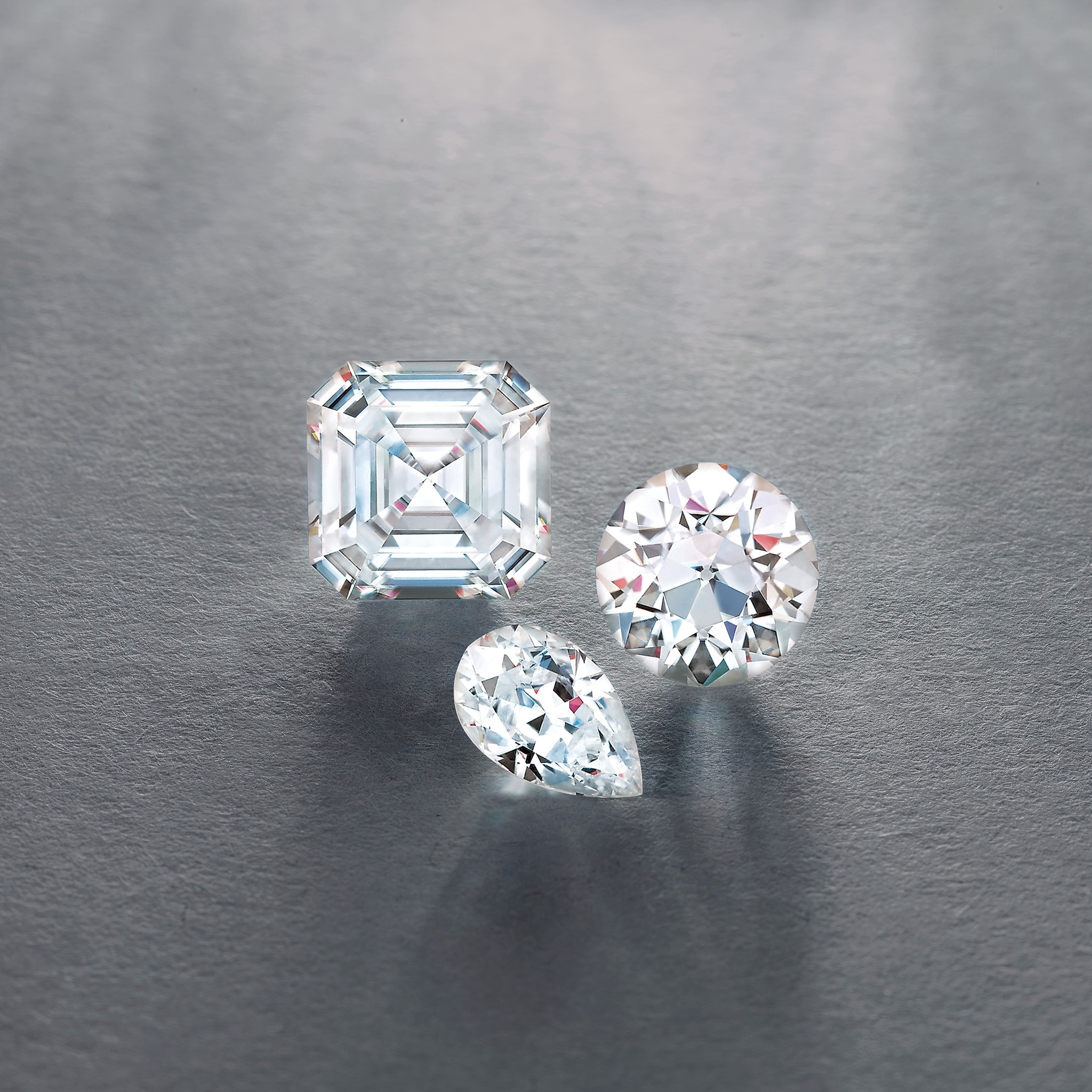
4. The Three Main Methods of Mining: Pipe, Alluvial and Marine Mining
Diamond mining operations often focus on extracting diamonds from kimberlite pipes using three main methods: pipe mining (covering open-pit mining and underground mining), alluvial mining, and marine mining.
Pipe mining involves the removal of sand and rock layers above a kimberlite pipe, blasting away the sediment to retrieve the diamonds.
Underground mining instead requires tunneling through the Earth’s crust to access the kimberlite pipe beneath the surface, blasting and breaking up rock layers to extract diamonds from within the pipe’s core.
Alluvial mining is the extraction of diamonds from water and sedimentary deposits, where diamonds surfaced from a kimberlite pipe have been eroded and traveled downstream in rivers and streams – resulting in an alluvial deposit. Diamonds are found in the gravel layer mixed with mud, clay and underwater plant life, so the sediment is collected and filtered to reveal the sparkling diamonds that have washed downriver.
Marine mining requires the extraction of diamonds from the seabed, typically in deep waters. Specialized ships with advanced technology are used to mine diamonds in offshore areas. A powerful crawler sucks up gravel from the seabed through flexible hoses or pipes, or a large-scale drill mounted to the ship is used to excavate diamonds.

5. The Largest Diamond Mine
The Jwaneng Diamond Mine in Botswana is the largest in the world. It is an open-pit mine that produces millions of carats of diamonds annually, and it is so massive that it can be seen from space!
The Mirny Diamond Mine in Russia is the deepest worldwide, reaching 1,200 meters (3,900 feet). It is also one of Earth’s most significant man-made holes, with a diameter of 1.25 kilometers (0.78 miles).
6. Not Just Diamonds
Diamond mines often yield other valuable gemstones and minerals, such as chromium, garnets, and peridot, which are used in various industries and other fine jewelry.
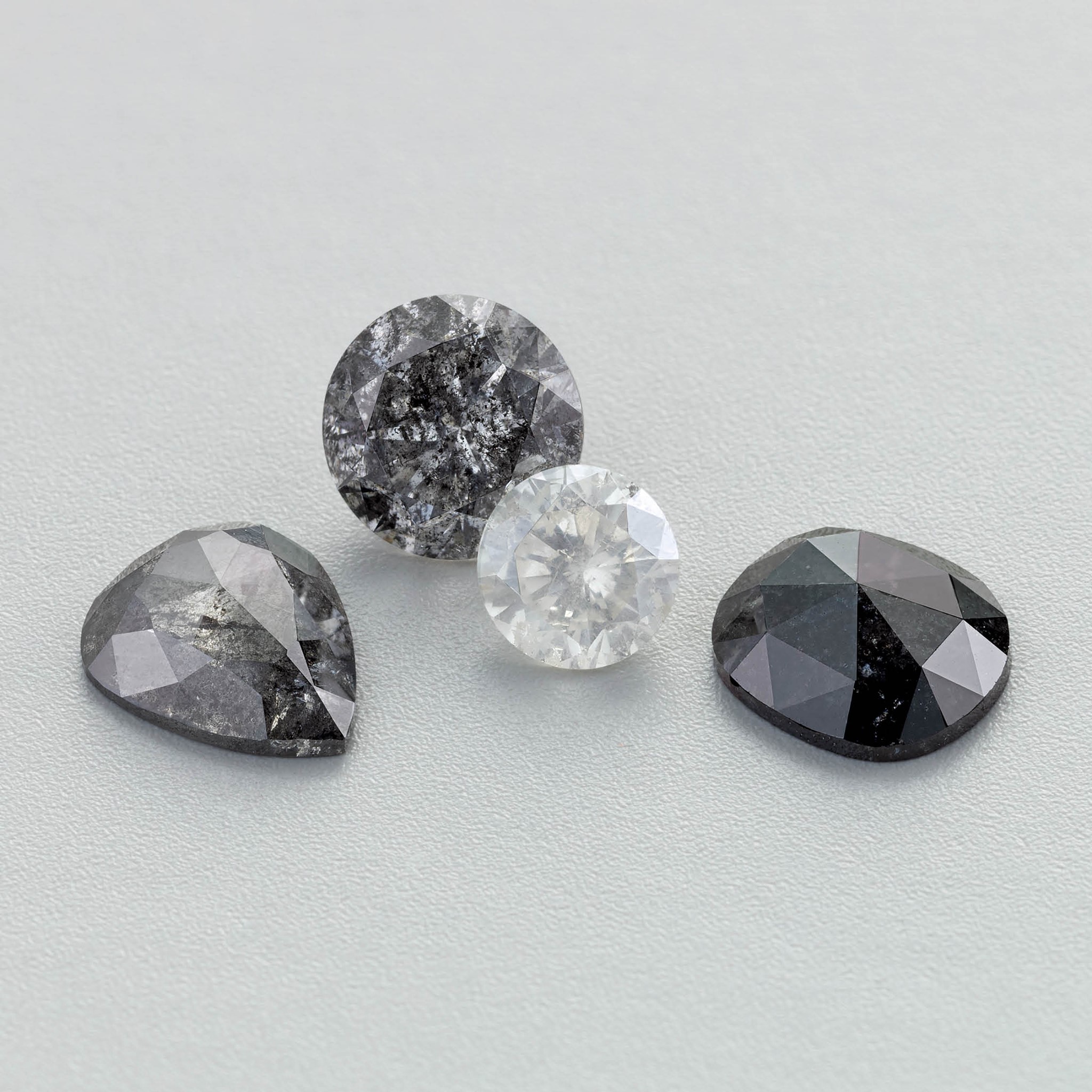
7. The Greatest Mined Diamonds in History
The Cullinan Diamond, discovered in South Africa in 1905, was the largest rough diamond ever found, weighing over 3,100 carats. Other famous diamonds, such as the Hope Diamond and the Koh-I-Noor, were legendarily mined from the Kollur Mine, using alluvial mining methods on the banks of the Krishna River in India.
8. Locating and Building a Diamond Mine
Like a diamond, locating a new diamond mine can be equally rare. Diamond mines can take years or even decades to identify and eventually become operational.Even after discovering a kimberlite pipe, establishing and opening a mine requires extensive planning, exploration, and investment, including obtaining permits, conducting environmental assessments, and building infrastructure.
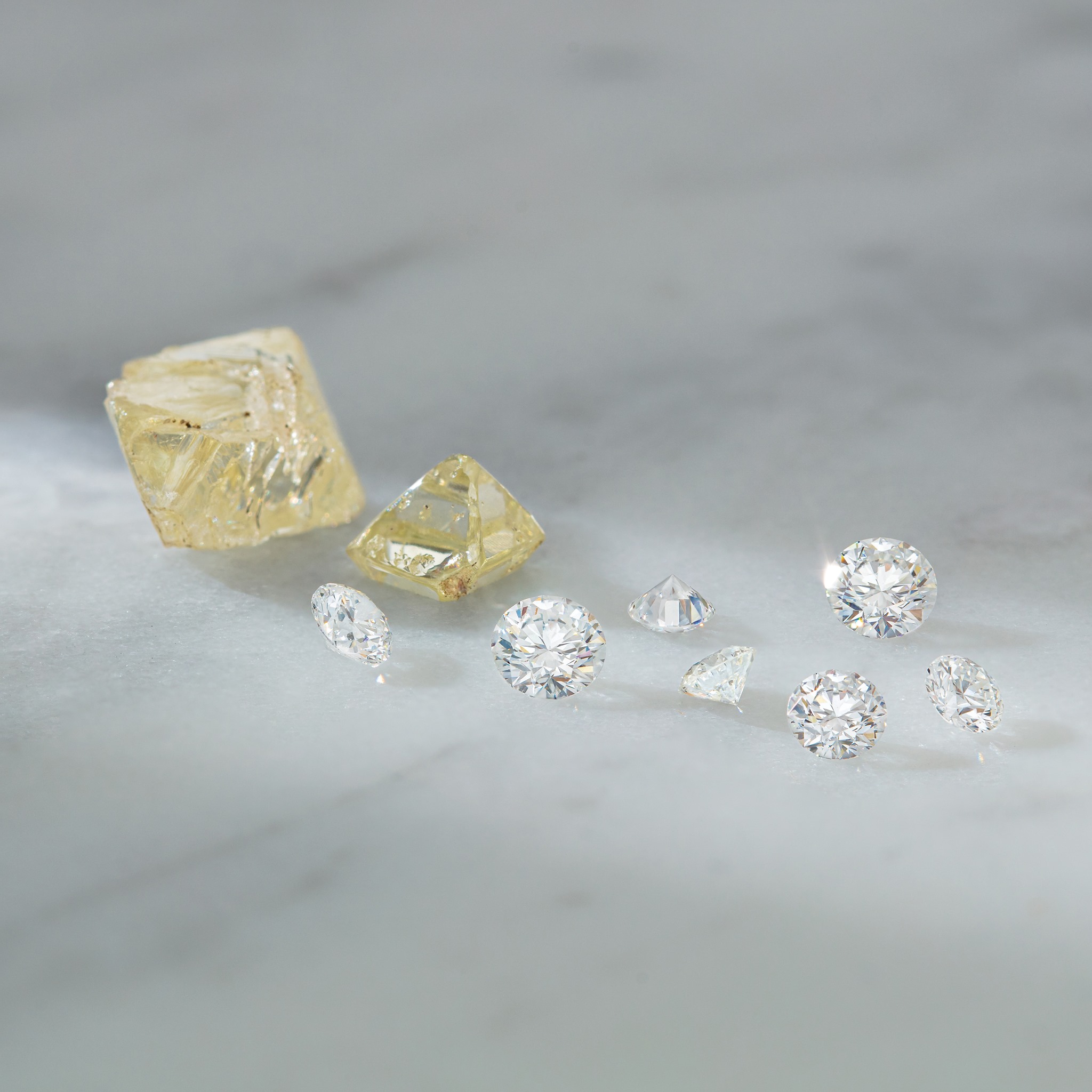
9. Not All Diamonds Are Created Equal
Not all diamonds mined are of high quality. Due to their exceptional hardness, most naturally mined diamonds not suitable for jewelry are instead used for industrial purposes, such as cutting, grinding, and drilling. Only a small percentage of diamonds are used for fine jewelry.
10. Responsible Mining and Sustainability
Following social and environmental challenges, the diamond mining industry has established sustainable and responsible mining initiatives, such as the Responsible Jewelry Council and the Diamond Producers Association. These bodies promote ethical and environmentally friendly practices in diamond mining and ensure that diamonds are mined and traded correctly and socially responsibly.
Diamond mines are complex and fascinating and produce some of the world’s most precious gemstones. The journey of creation to eventual emergence on the Earth’s surface is what makes the discovery of a naturally formed diamond even more remarkable – and why diamonds are so highly cherished and valued.


